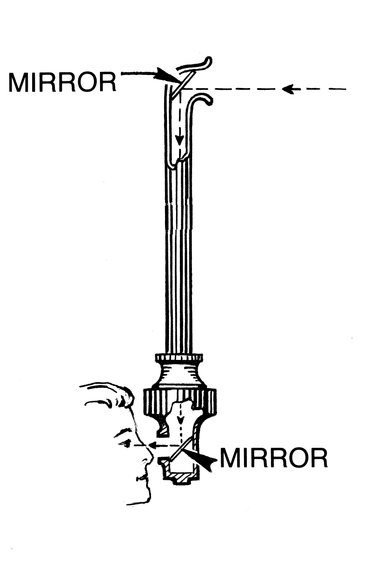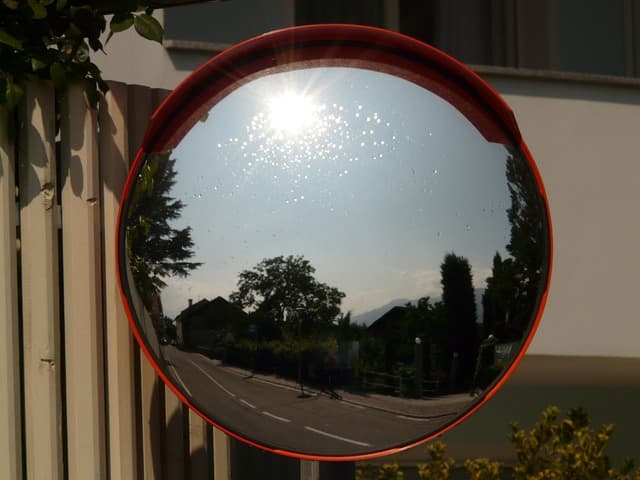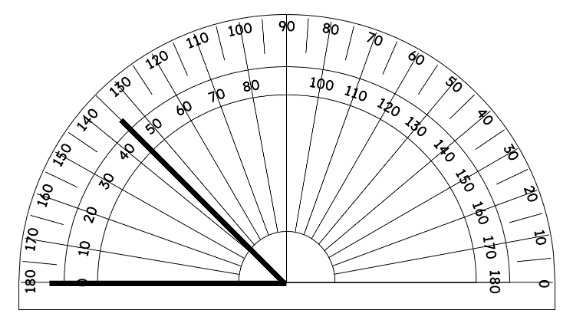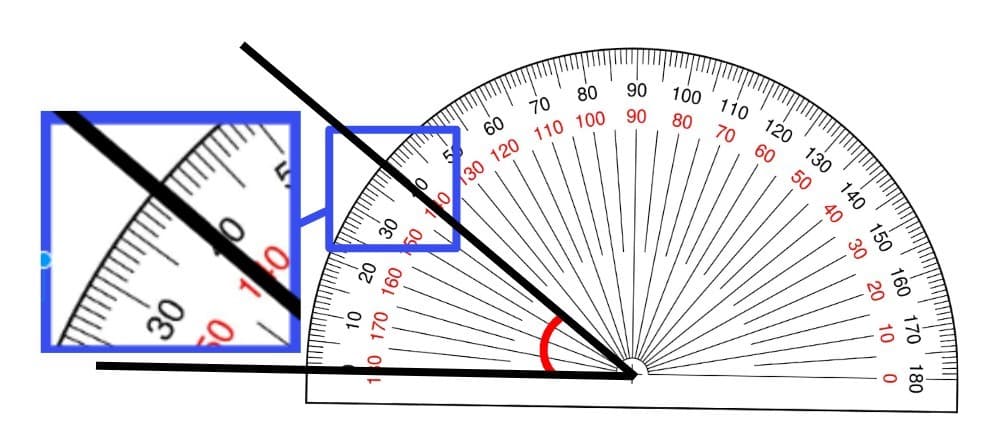Myths about teaching can hold you back
- Year 6
Measuring reflected light: plan
I can plan an investigation to see how changing the angle of a mirror affects the angle of reflected light.
- Year 6
Measuring reflected light: plan
I can plan an investigation to see how changing the angle of a mirror affects the angle of reflected light.
These resources will be removed by end of Summer Term 2025.
Switch to our new teaching resources now - designed by teachers and leading subject experts, and tested in classrooms.
These resources were created for remote use during the pandemic and are not designed for classroom teaching.
Lesson details
Key learning points
- An angle is the space between two straight lines which join at a vertex or point.
- A protractor is a piece of equipment used to measure and draw angles.
- When we measure the angle of light hitting a surface, we measure the angle between that light and the normal line.
- The normal line is an imaginary line that is at a right angle to the surface.
Keywords
Reflected - If light is reflected it is bounced off a surface.
Angle - An angle is the space between two straight lines which join at a vertex or point.
Protractor - A protractor is a piece of equipment used to measure and draw angles.
Patterns - Scientists look for patterns in data to answer their questions.
Normal line - The normal line is an imaginary line that is at a right angle to a surface on which light is reflected.
Common misconception
To measure the angle where light hits a surface, measure in between the beam of light and the surface.
The lesson gives children an opportunity to explore a new concept: the normal line. They should become familiar with measuring between the beam of light and the normal line drawn at a right angle to the surface.
To help you plan your year 6 science lesson on: Measuring reflected light: plan, download all teaching resources for free and adapt to suit your pupils' needs...
To help you plan your year 6 science lesson on: Measuring reflected light: plan, download all teaching resources for free and adapt to suit your pupils' needs.
The starter quiz will activate and check your pupils' prior knowledge, with versions available both with and without answers in PDF format.
We use learning cycles to break down learning into key concepts or ideas linked to the learning outcome. Each learning cycle features explanations with checks for understanding and practice tasks with feedback. All of this is found in our slide decks, ready for you to download and edit. The practice tasks are also available as printable worksheets and some lessons have additional materials with extra material you might need for teaching the lesson.
The assessment exit quiz will test your pupils' understanding of the key learning points.
Our video is a tool for planning, showing how other teachers might teach the lesson, offering helpful tips, modelled explanations and inspiration for your own delivery in the classroom. Plus, you can set it as homework or revision for pupils and keep their learning on track by sharing an online pupil version of this lesson.
Explore more key stage 2 science lessons from the Light and how it travels unit, dive into the full primary science curriculum, or learn more about lesson planning.

Equipment
Protractors, mirrors, torches.
Content guidance
- Risk assessment required - equipment
Supervision
Adult supervision required
Licence
Prior knowledge starter quiz
6 Questions
Q1.What is darkness?

Q2.What is the name of the equipment shown in the image?

Q3.What do periscopes help us to do?
Q4.In the eye, what is the pupil?
Q5.How are mirrors useful to us?

Q6.Match the method of recording to the description.
a physical or computer representation of a scientific idea or fact.
a drawn or printed representation of a scientific idea or fact.
an explanation for why things work or how things happen.
Assessment exit quiz
6 Questions
Q1.When light is off the surface of an object, it changes direction.

Q2.An is the space between two straight lines which join at a vertex or point.
Q3.What piece of equipment is used to measure the size of angles?

Q4.Match the unit to the measurement they are used for.
length
light intensity (brightness)
angle
time
Q5.What is the size of the angle in this diagram?



